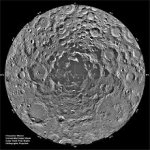seelesscacti
Member
I don't know if I've ever seen an actual photograph, but does anyone have a photo of the magnified surface of a pool, snooker or billiard ball? We always talk about the pits and grooves on the surface, just not sure I've seen an actual photograph.

